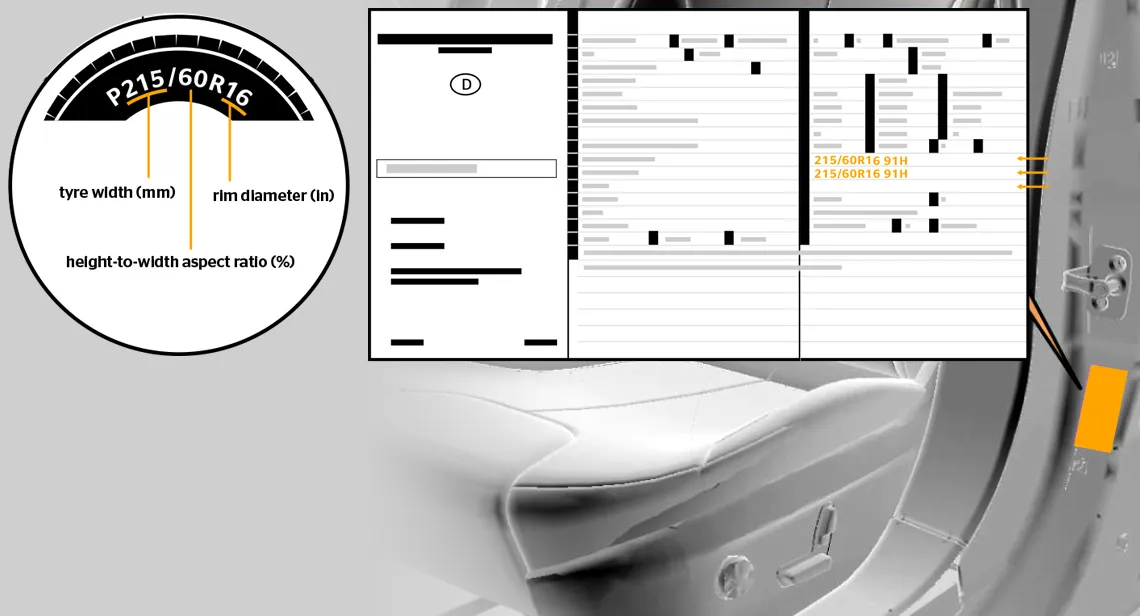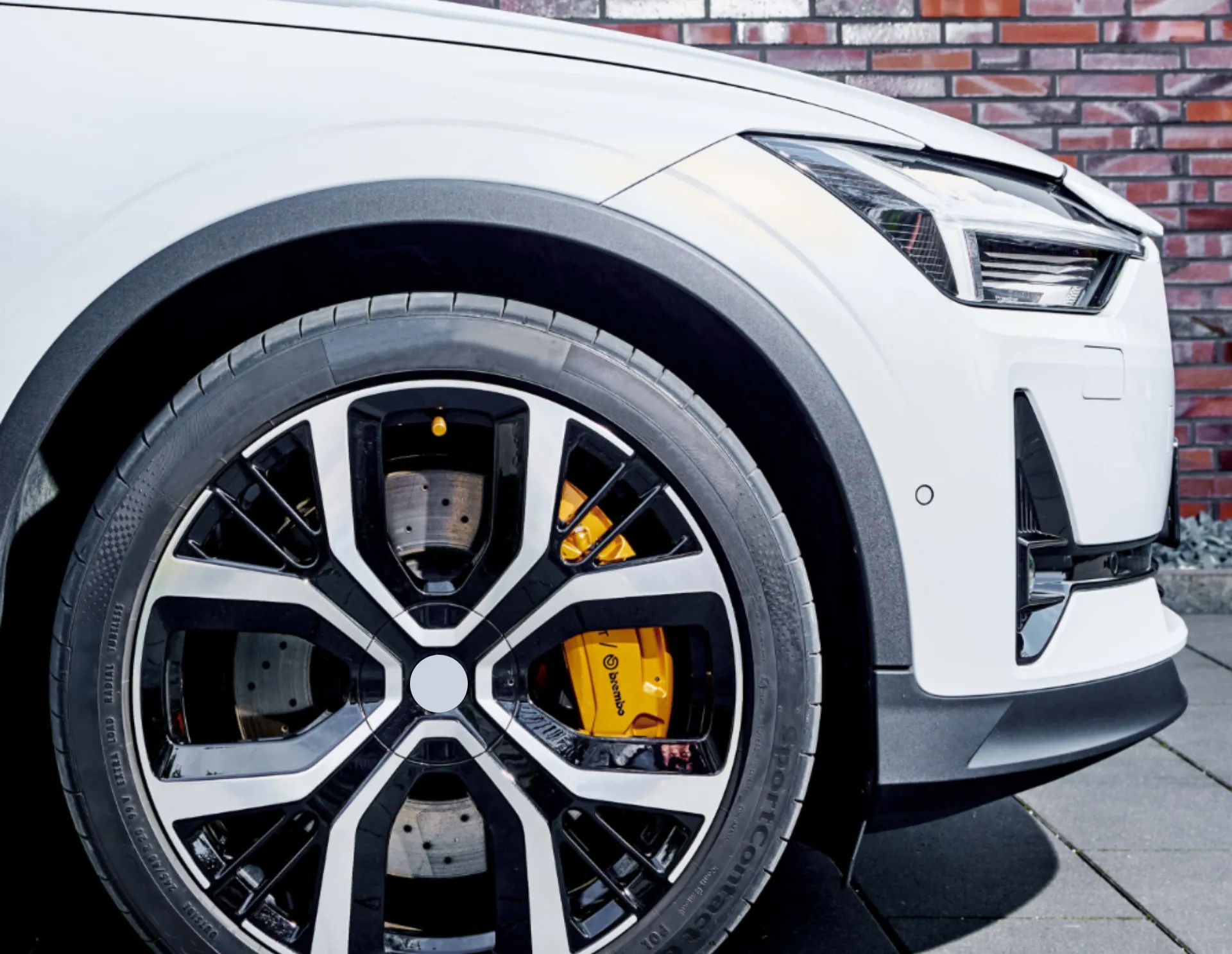
Have you ever wondered what is it that allows the race car drivers to push the speed limits and maneuver seamlessly at such high speeds without crashing? One might believe it’s the engine that leads a race car to its victory but the answer actually lies in the tyres. While your average road tyres are designed to last longer on different road conditions and offer a better fuel economy, the race tyres also referred to as slicks are judged on their ability to provide greater maneuverability, grip and speed on the track for a limited time in a controlled environment.
Here is a look at some key features of the tyres used in F1, Nascar and Moto GP races to help you figure the difference;
The F1 Race Tyres

Formula1 racing has fascinated us all at some point in our lives. It’s hard not to like high speed cars zooming in front of a charged crowd, but what exactly is it about their tyres that keeps them from launching into the crowd even over the sharp turns?
For starters the F1 tyres are an ultimate manifestation of modern tyre engineering. To give you a comparison, the normal vehicle tyres are designed to handle the force of around 1G whereas the F1 tyres can withstand the force of up to 4G. They are wider and taller than the average road tyres with a stronger internal structure and no grooves or treads covering them on the outside. The plane surface offers maximum contact and a greater grip on dry tracks allowing the F1 cars to accelerate better.
The downside of having these plane tyres is that they don’t do very well on the wet tracks which is why the F1 cars also use deep tread tyres for such situations. The tread pattern on the track tyres is also wider which allows it to disperse more water than a tyre would with regular tread pattern, for an enhanced grip.
If you were to drive an F1 car with regular car tyres, they would probably light up before you even complete the first lap, that’s because when a car runs at high speeds, it builds intense heat inside the tyre. This phenomenon is not just exclusive to the race car tyres but it also occurs when you drive under the normal conditions. The only thing that makes the F1 car tyres stand out is their ability to operate with higher temperatures.
Nascar Tyres

Though it’s hard to differentiate the Nascar tyres from the F1 slicks, as they have pretty much the same characteristics, the Nascar rally gets put on a hold whenever it rains because the drivers cannot use the tread tyres unlike their F1 counterparts. Furthermore, they are filled with compressed nitrogen to keep them cool and an additional layer of tyres hidden inside to keep the car from spinning out of control in case of a tyre burst.
Moto GP Tyres

Motorcyclists often find themselves at a disadvantage when it comes to balancing due to the fact that they only have two tyres to run at. Despite all the odds, it’s incredible how Moto GP riders are able to completely bend their bikes over the curves and edges without sliding into the gravel. There is no denying that it’s an implausible show of skill by the riders but the key to winning the race is choosing the right tyres for the motorbike. Just like the Nascars and F1 cars, moto GP vehicles also use the slicks for best performance on dry tracks. These tyres give you their best only when they reach higher temperatures which is why they are kept in the box heaters for an hour even when the bikes are parked before the race. These heaters can heat the tyres to up to 90˚C. In order for them to deliver the optimal performance the rear tyre is supposed to be at 120˚C while the front tyre should be at 100˚C the higher the temperature the better they would grip the asphalt.
Although both tyres are under the same vehicle they endure different forces at different times. The rear tyre is subjected to the most force when the bike is accelerating down a straight path while the front tyre experiences high forces when the bike is coming to a stop.
So now you know why it’s not a good idea to test your car or motorbike on the race track like the professional drivers do with their vehicles. If you plan on testing your engine power on track then we recommend you change your tyres before doing that. Continental offers a range of sports tyres in Lebanon for you to choose from.







